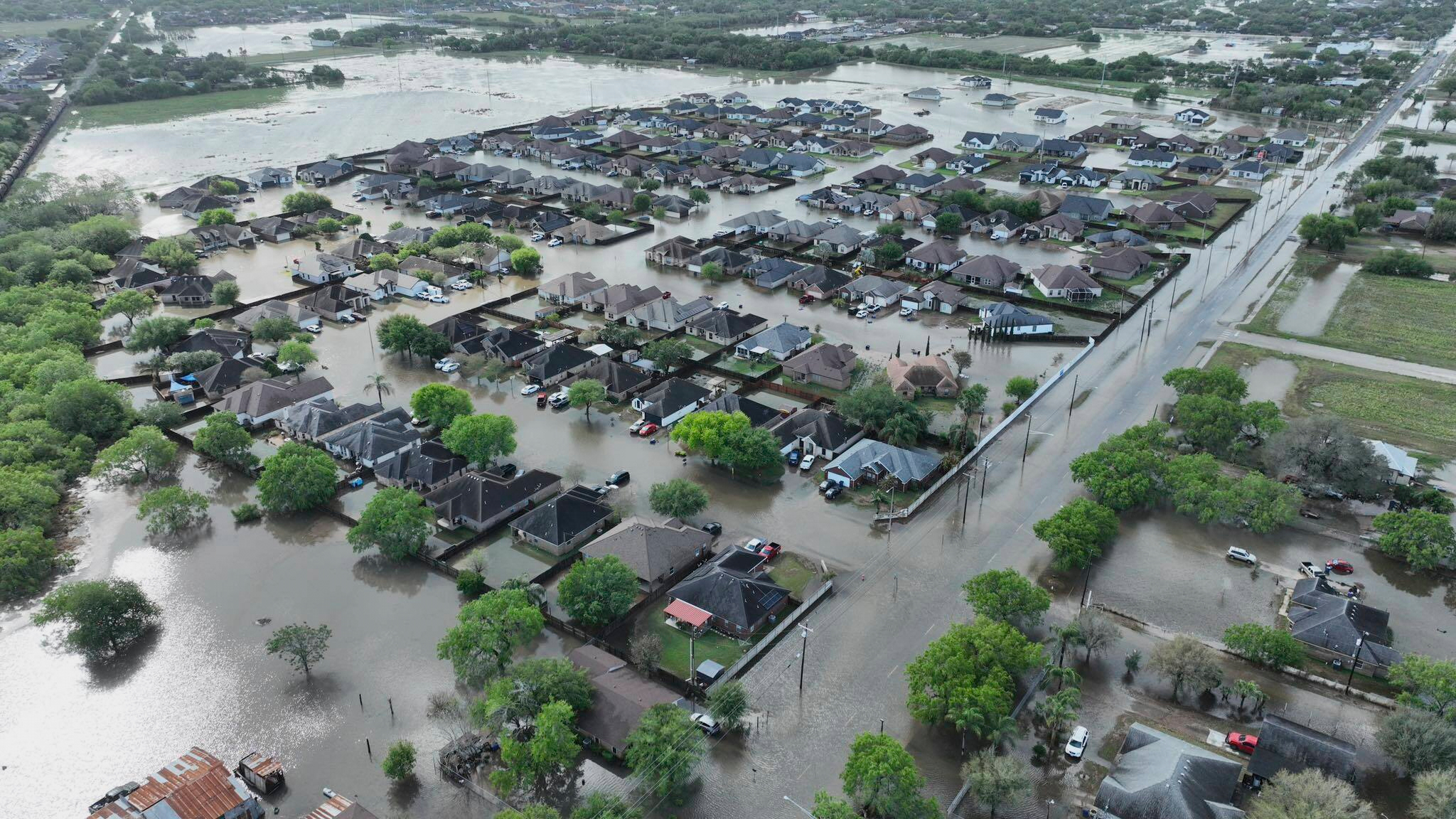Once again, parts of the United States are engulfed by unhealthy air quality. On Friday, millions of people woke up to smoky conditions across the Midwest and Northeast.
The hazardous environment was created by the raging wildfires in Canada. The conditions are unhealthy in New York City; the air quality level of 168 means not only should people with lung and heart disease be taking extra precautions like wearing a KN95 mask, but everyone else should reduce exposure to the smoke as well. KN95 masks prevent people from breathing in the small particles found in the air that cause bad health impacts.
At least 10 states from the Midwest to the Northeast are facing smoky conditions.
"The wildfire smoke that we're experiencing across the Northeast and across the Midwest is actually pretty hazardous," said Paul Walsh, meteorologist and CEO of Meteomatics North America.
Experts say three conditions create these large fires: Fuel like grass and trees, an ignition source from humans or lightning, and hot, dry, windy weather.
Canada's latest drought map shows abnormally dry conditions stretching from Vancouver in the west, all the way east to Quebec.

Stalled weather patterns expected to drag smoke, heat into next week
Smoke from Canadian wildfires and severe heat are both expected to linger into next week, forecasters say.
Scientists believe the jet stream, a narrow band of strong wind in the upper atmosphere, is helping fuel the spreading wildfire smoke and the extreme heat.
"We've got this very, very dry condition in Canada that's triggering those wildfires and then the atmosphere is bringing the smoke down to us," said Walsh.
Some scientists believe climate change is disrupting the jet stream's flow, creating an atmospheric loop.
Climate change fuels more fires, which in turn release more planet-warming carbon and methane.
"The fact that we're seeing these, these are happening sooner, and the fact that we're seeing more of them is exactly what we've been expecting for the last 30 or 40 years as we see the changing climate," said Walsh.
Meanwhile, millions of people struggle to cope with poor air quality.
"Probably the unhealthiest piece of that is something called PM 2.5, very small particles of air pollution effectively that when we breathe it actually gets into our bloodstream that then does things like exacerbates asthma occurrences, which is what we're seeing," added Walsh.
International efforts to fight the wildfires haven't stopped. More than 100 Mexican firefighters arrived in Ontario last week. Eight water bombers owned by Buffalo Airways are also providing air support there.
Walsh told Scripps News the air quality is expected to slowly improve as thunderstorms help disperse the smoke.
However, he said, for most of the summer, millions of people in parts of the U.S. will be seeing these conditions on and off, and potentially up to the fall.
He said it's something people will just have to learn to deal with.










